Radio Handbook. Your guide to marine communication/Радиосправочник. Гид по общению на море
Издание на английском языке
This handbook is a guide for operators of coastal and vessel radio stations, including operators of VHF (very high frequency) and SSB (single sideband, also called MF/HF) radios. It provides information about:
- how search and rescue is managed in New Zealand;
- distress, urgency and safety calls, including appropriate use of cellphones;
- radio-telephone procedures;
- coverage;
- useful contacts and terms.
Maritime New Zealand’s Maritime Radio Service (Maritime Radio) is responsible for maintaining VHF and HF radio services for New Zealand’s coastal waters and much of the South Pacific Ocean and Tasman Sea.
The services it provides include monitoring radio frequencies for distress messages 24/7.
The region covered by the New Zealand Distress and Radio Safety Service is known as NAVAREA XIV and includes 12.5 percent of the Earth’s ocean surface. It extends from the middle of the Tasman Sea to the mid-Pacific Ocean, and from Antarctica to south of the equator.
Contents
Introduction
Maritime Radio
How search and rescue is managed in New Zealand
How radio works
Radio waves
Frequency characteristics
Simplex and Semi-duplex VHF radio
Aerials (antennae)
Shielding
Distress calls
Distress, urgency and safety calls
Communicating distress
Distress procedure
Alarm signal
Distress call
Distress message
Acknowledging a distress message
Relaying a distress message
Controlling distress traffic
Resuming restricted working
Resuming normal working
Urgency signal and message
Safety signal and message
Emergency position-indicating radio beacons (EPIRBs)
Personal locator beacons (PLBs)
Summary – Procedures for distress, urgency and safety communications
Using cellphones for distress and urgency calls
Using satellite telephones
Radio-telephone procedure
Procedural words (prowords
Phonetic alphabet
Transmitting numbers (figures)
SSB frequencies and VHF channels
Using callsigns and IDs
Operating procedure
Silence period
Radio listening watch
Voyage or trip reports
Coverage and services
Maritime Radio: VHF and SSB
Maritime Radio VHF coverage
VHF broadcasts
Taupo Maritime Radio/ZLM (MF/HF)
MF/HF broadcasts
Warnings
Other weather information
Medical advice
Ionospheric Prediction Services (IPS)
Satellite safety services
Tsunami warnings in New Zealand
Other information
Medical evacuation (Medevac)
Sea rescue by helicopter
Working with a helicopter
Secrecy of correspondence
Transmissions in harbour
Testing radio apparatus
Interference
Offences and penalties
Useful contacts
Glossary of terms
Coastal weather forecast areas
VHF marine channels
Radio distress calling
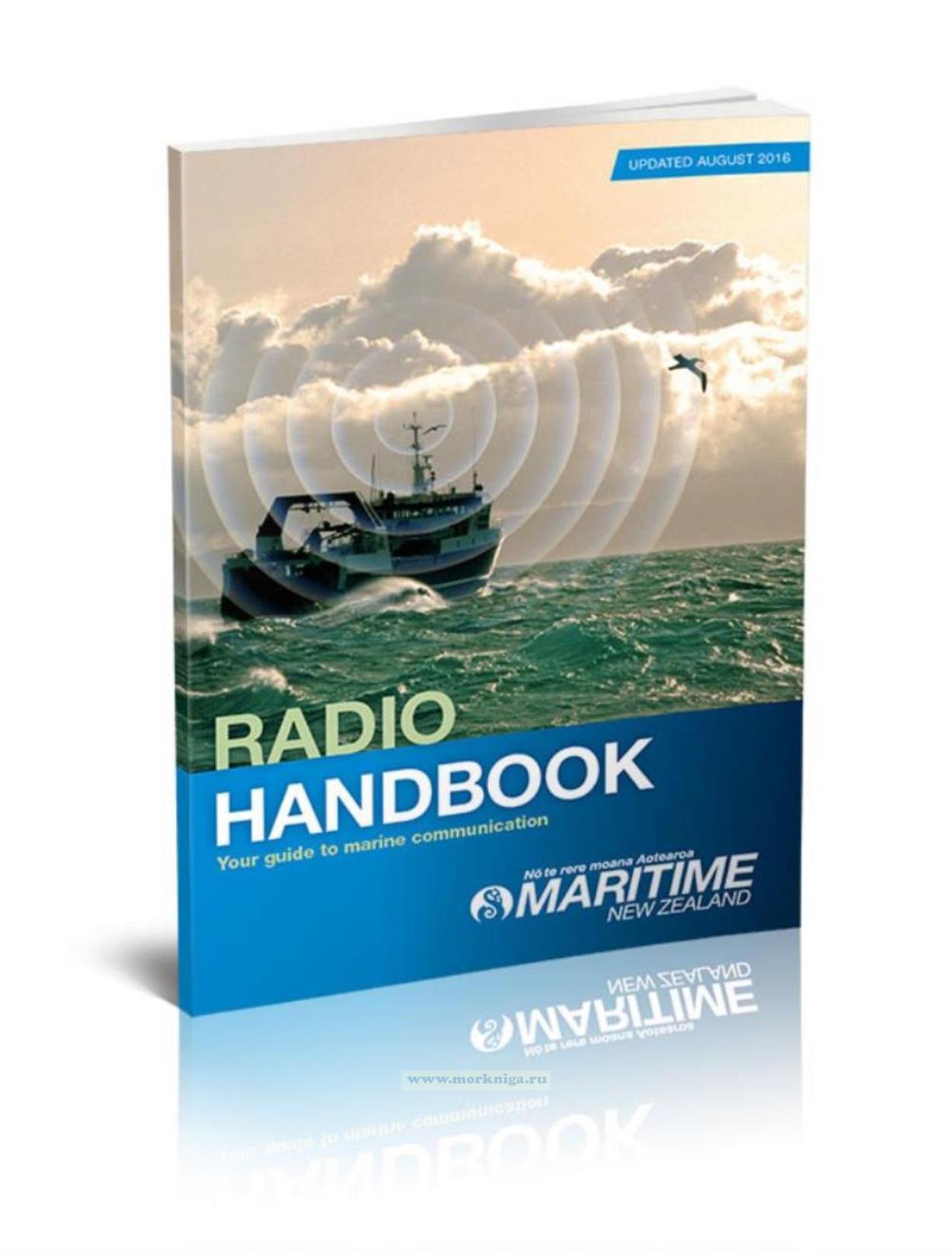
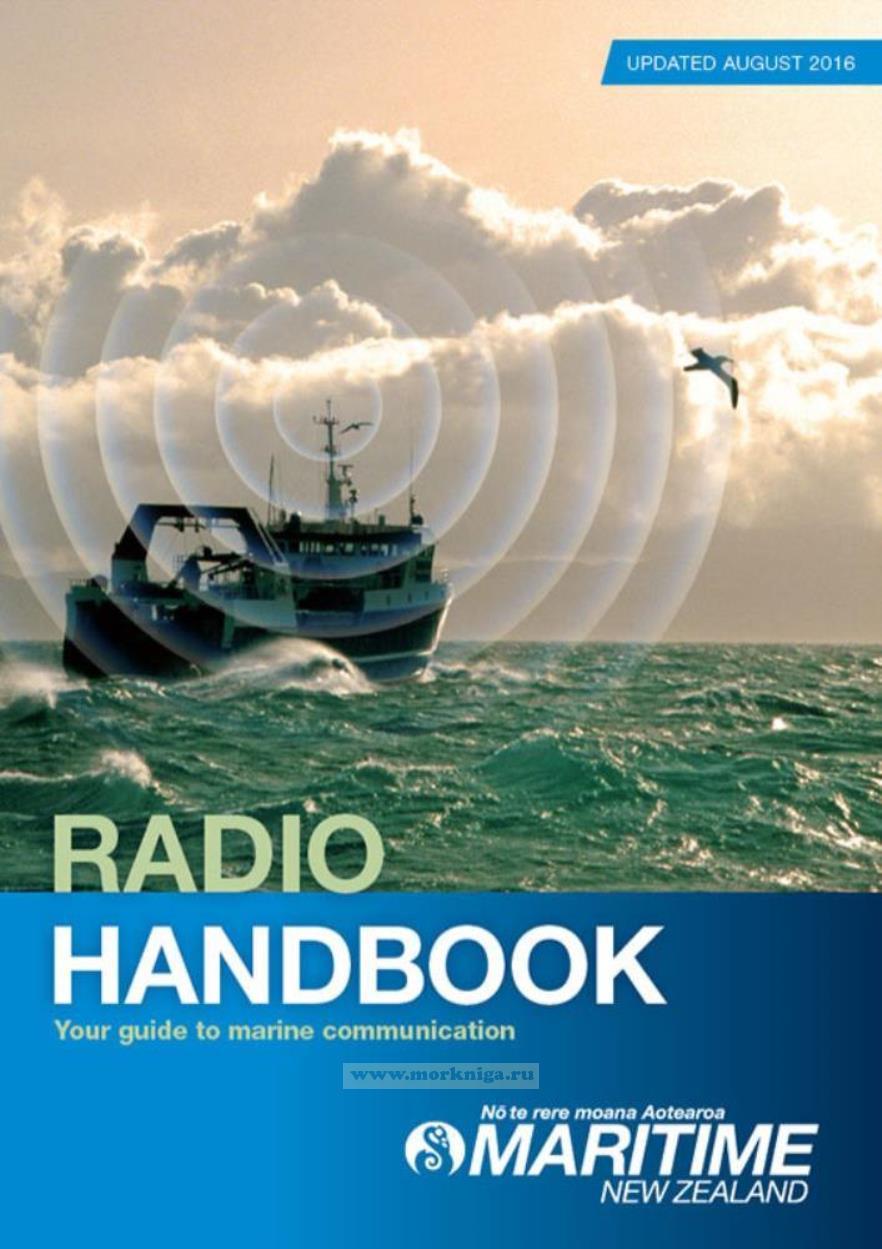
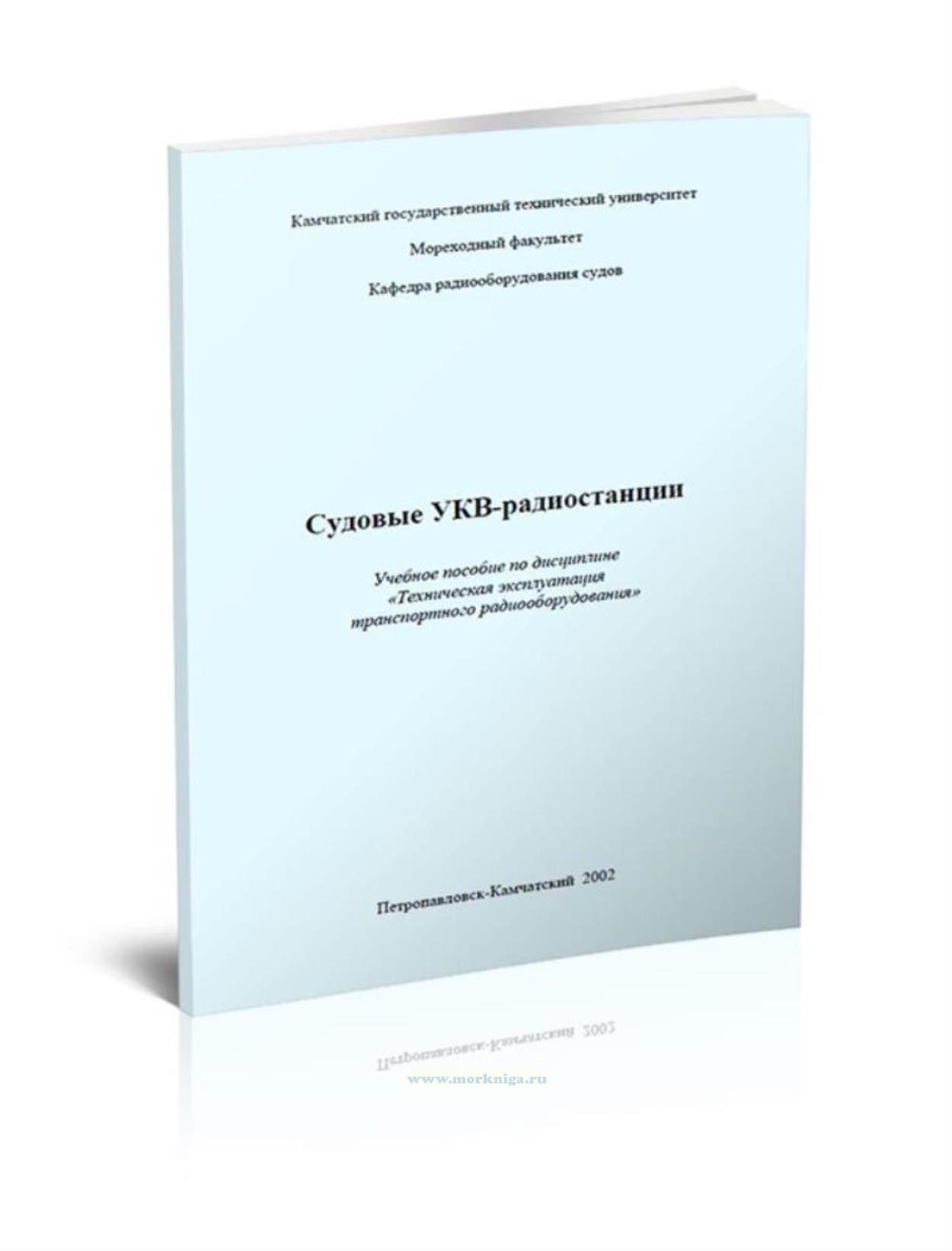 Судовые УКВ-радиостанции
Судовые УКВ-радиостанции 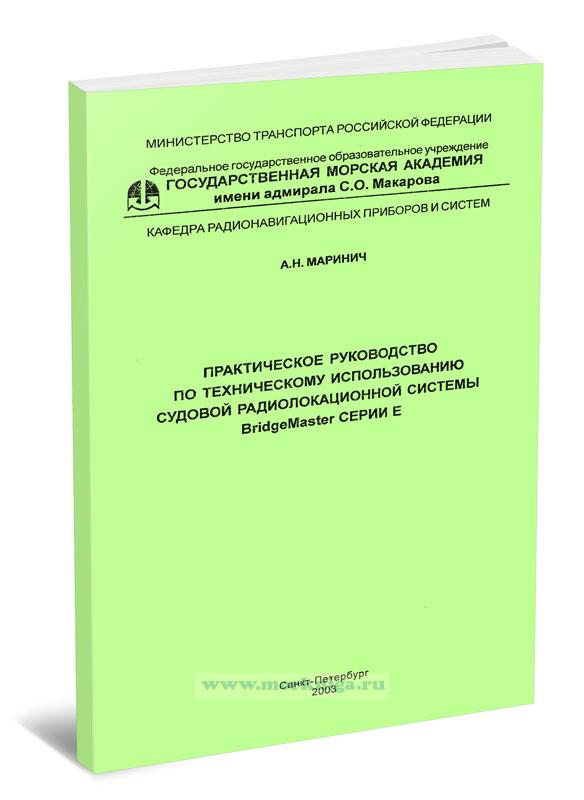 Практическое руководство по техническому использованию судовой радиолокационной системы BridgeMaster серии Е
Практическое руководство по техническому использованию судовой радиолокационной системы BridgeMaster серии Е 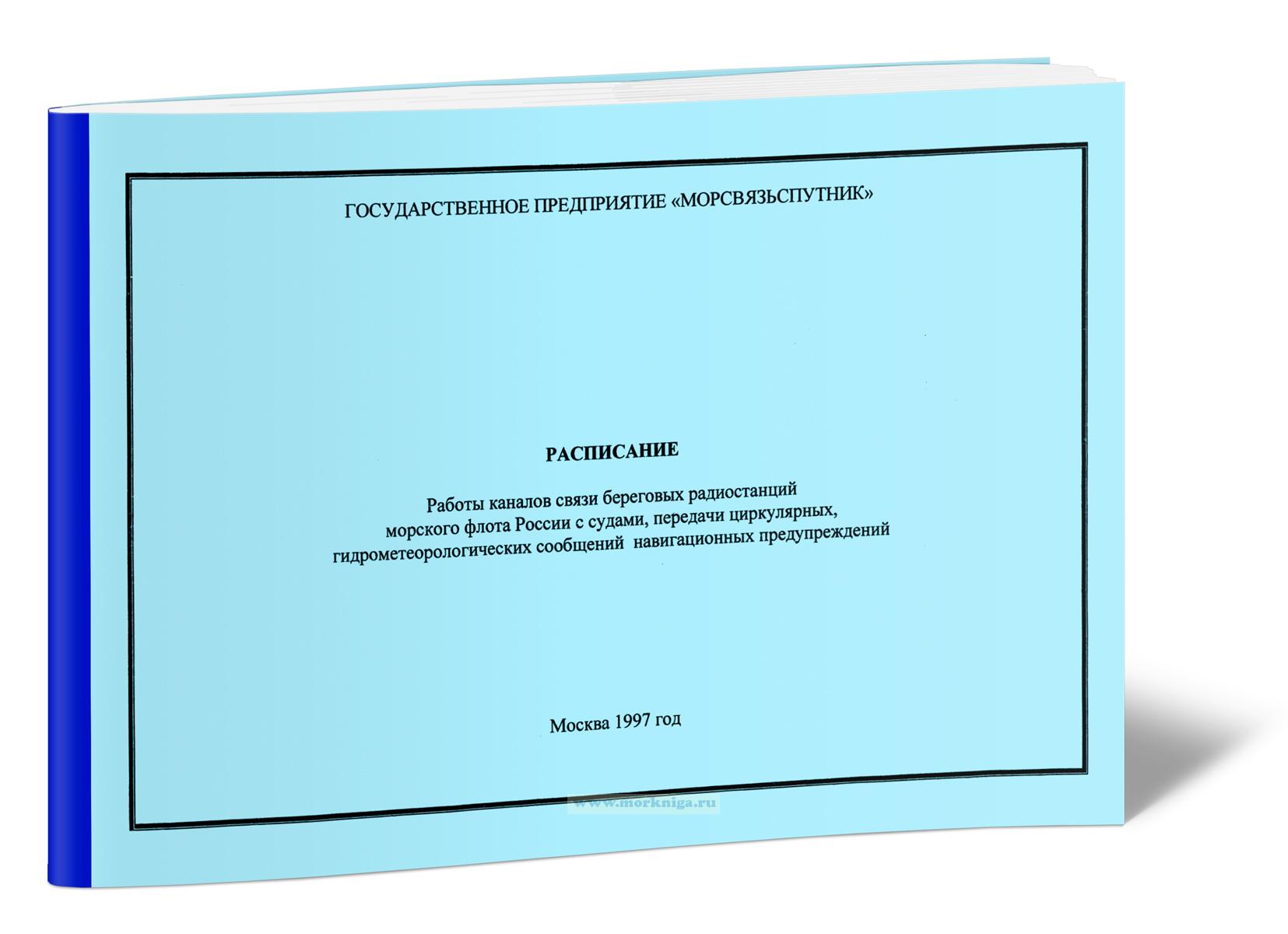 Расписание работы каналов связи береговых радиостанций морского флота России с судами, передачи циркулярных, гидрометеорологических с
Расписание работы каналов связи береговых радиостанций морского флота России с судами, передачи циркулярных, гидрометеорологических с